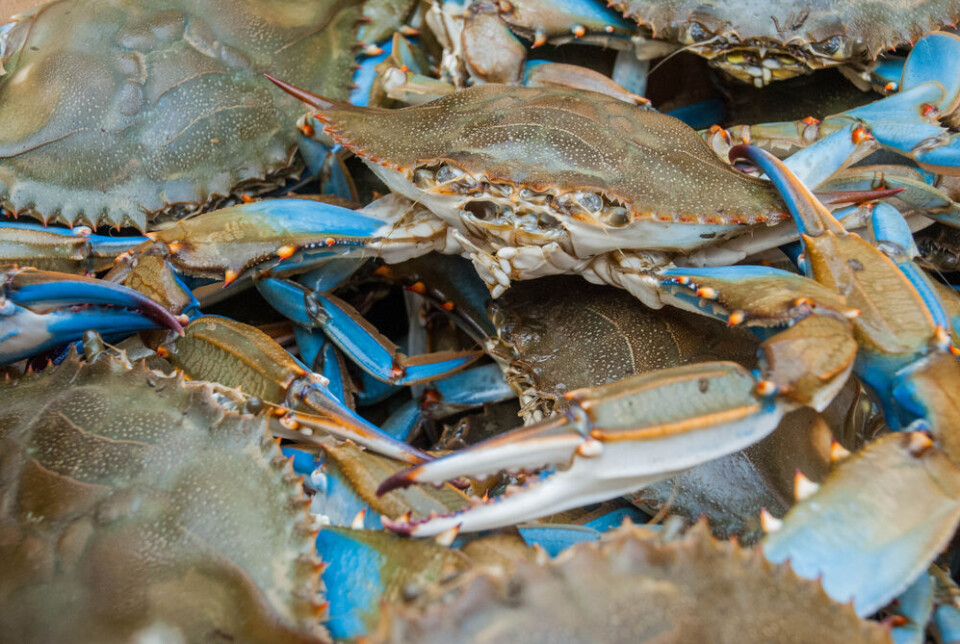-
French crafts in focus: Traditional dry-stone walling
Sébastien Heurtevent is leading a resurgence as an artisan murailler de pierres sèches in the Haute-Garonne region
-
'We moved from the US to France to restore a château'
Mark Goff and Phillip Engel swapped the California wine country of Napa Valley for a new life at Château d’Avensac
-
Chauvet cave in south of France is slowly revealing its secrets
3D technology is revolutionising our understanding of 36,000-year-old paintings in the Chauvet Cave in Ardèche
American blue crabs invading French coast are sent to Élysée Palace
The crustaceans are native to the United States but are causing problems for fishermen in France after becoming an invasive species in recent years

A dozen blue crabs caught near Leucate in Languedoc-Roussillon have been sent to the presidential residence in Paris by local fishermen to show off their taste - and share concerns about their proliferation.
Members of the regional committee of fisheries hope the subtly sweet flesh of the shellfish will be enjoyed when it arrives, but also want to draw attention to the serious impact the species is having on their livelihood.
The blue crab is one of the 100 most invasive species in the Mediterranean and males can grow up to nine inches wide.
The past four years have seen them increase rapidly in number in Occitanie’s coastal lagoons - females are capable of laying around two million eggs.
As well as eating each other on occasion, the blue crabs also eat oysters, mussels and small fish that live in the same lagoons on the Roussillon coast. Their stocks have plummeted.
The crabs have also been destroying fishermen’s nets with their claws and new nets have had to be developed in response.
Originating from America, the species arrived on French coasts in 2017 and has made itself very much at home in the Occitanie region of France.
Owing to its ability to survive temperature extremes anywhere between 3°C and 35°C, as well as cover 15 km per day, it is taking over.
Last week, France 3 reported that 2,600 of the crabs were fished out of the Canet Saint Nazaire lake.
Related articles
France ordered to take extra measures against Brittany green algae
























